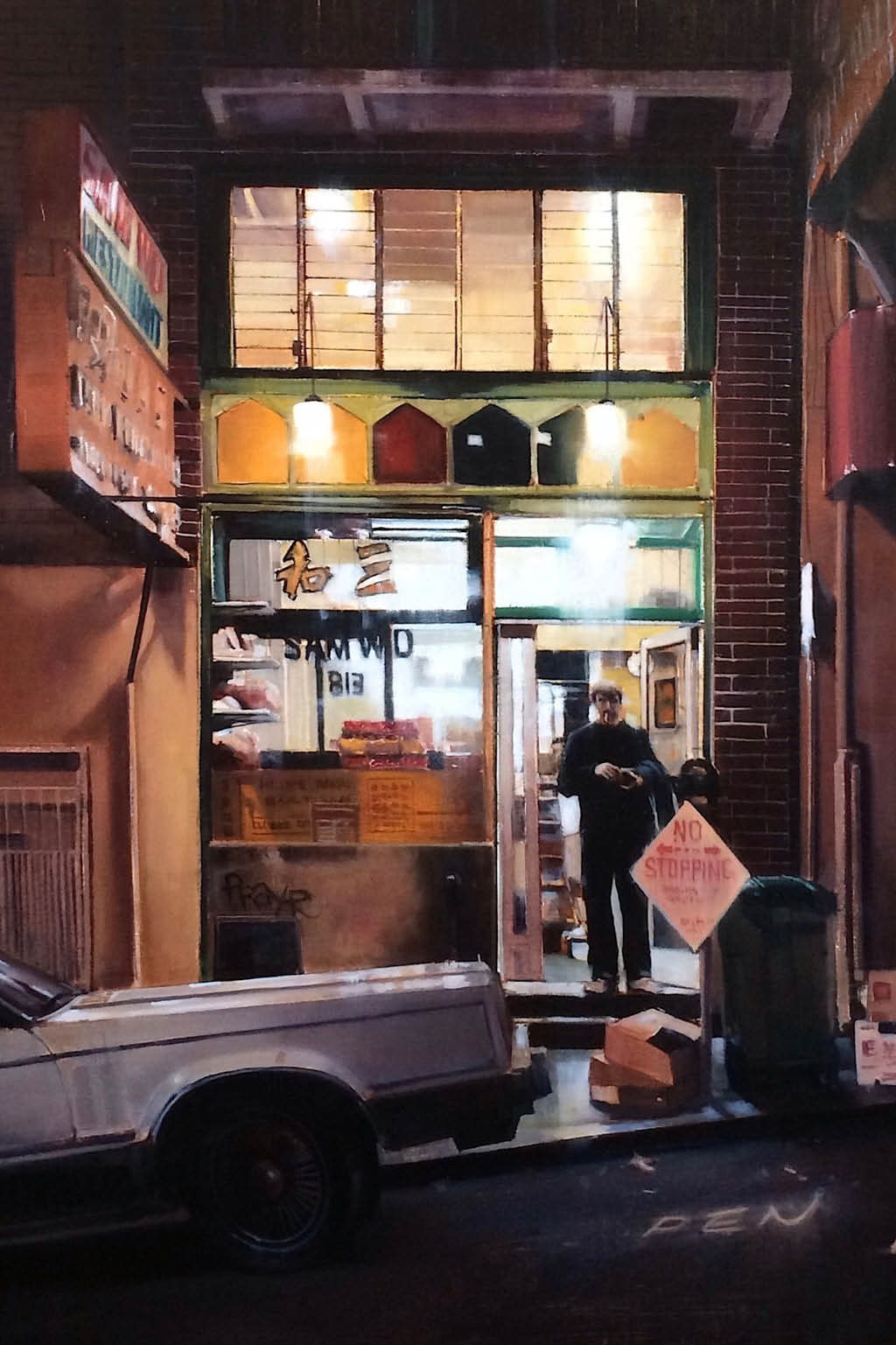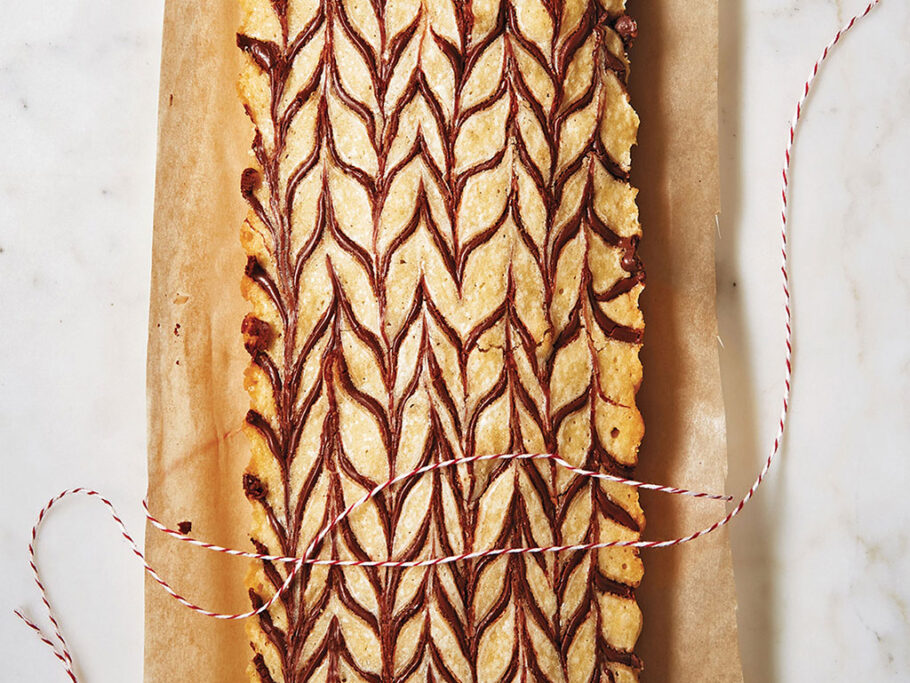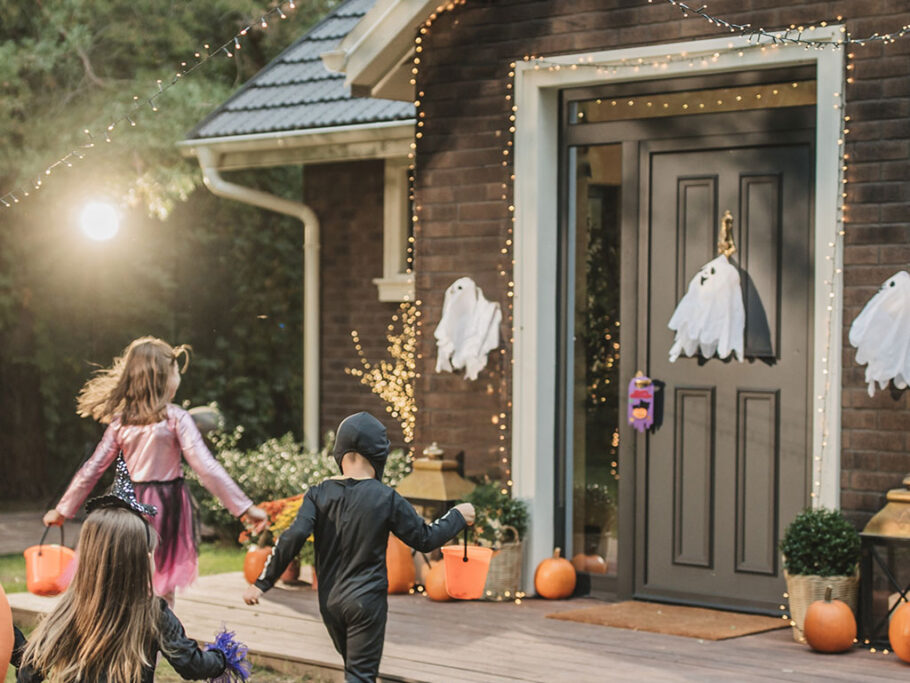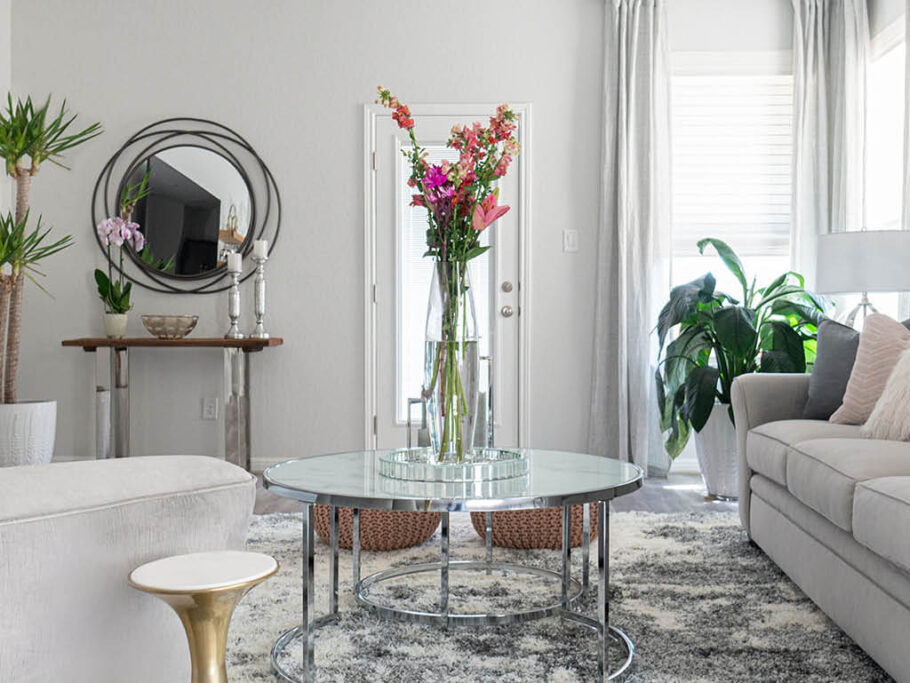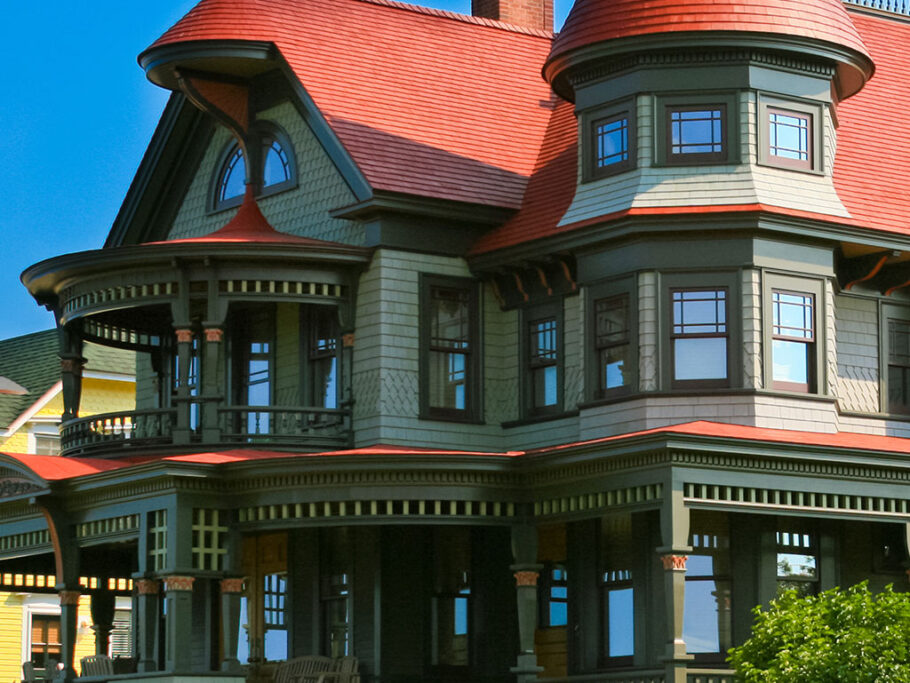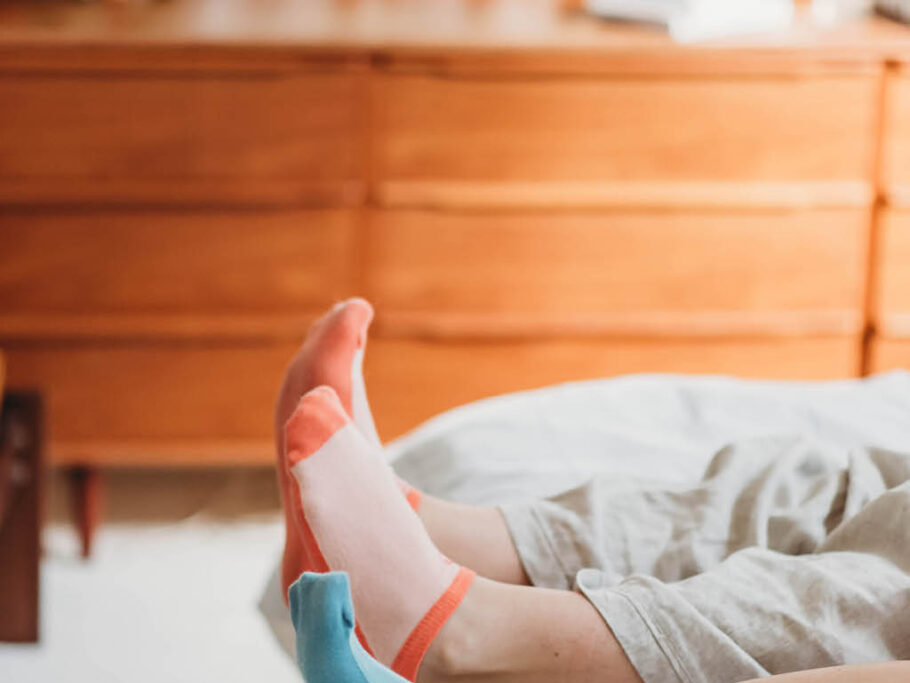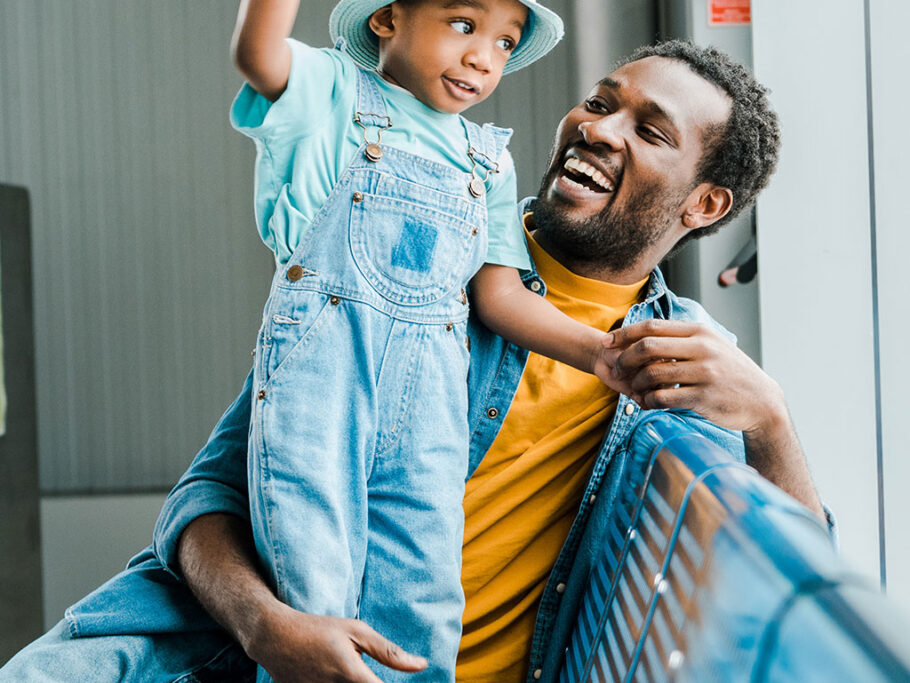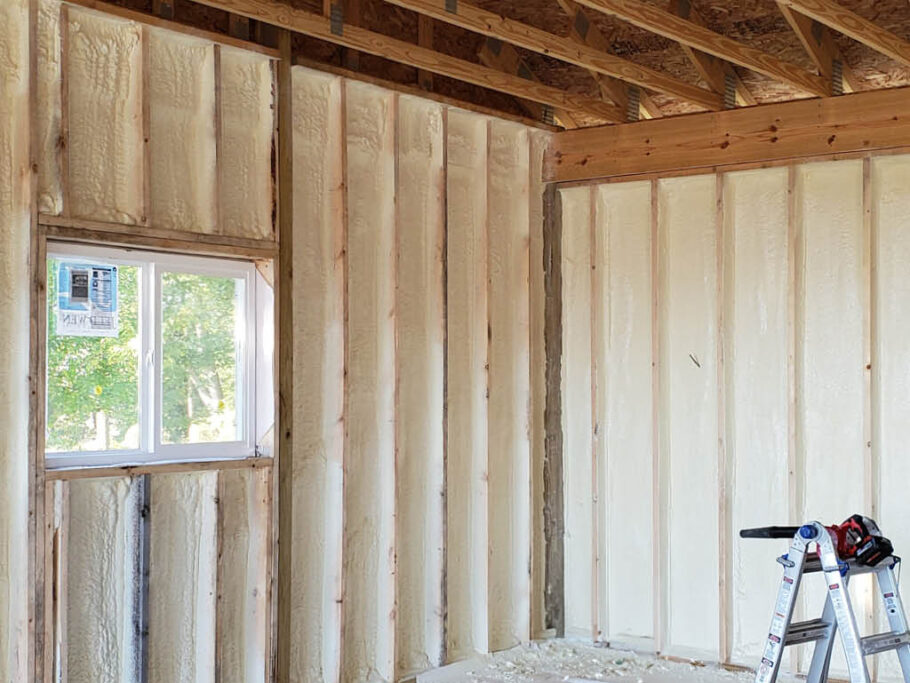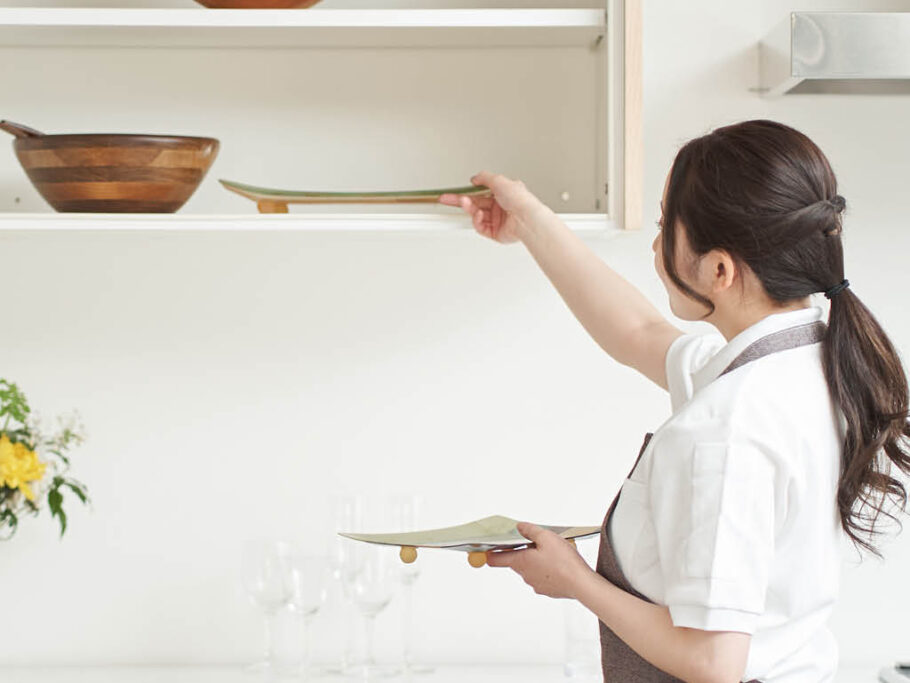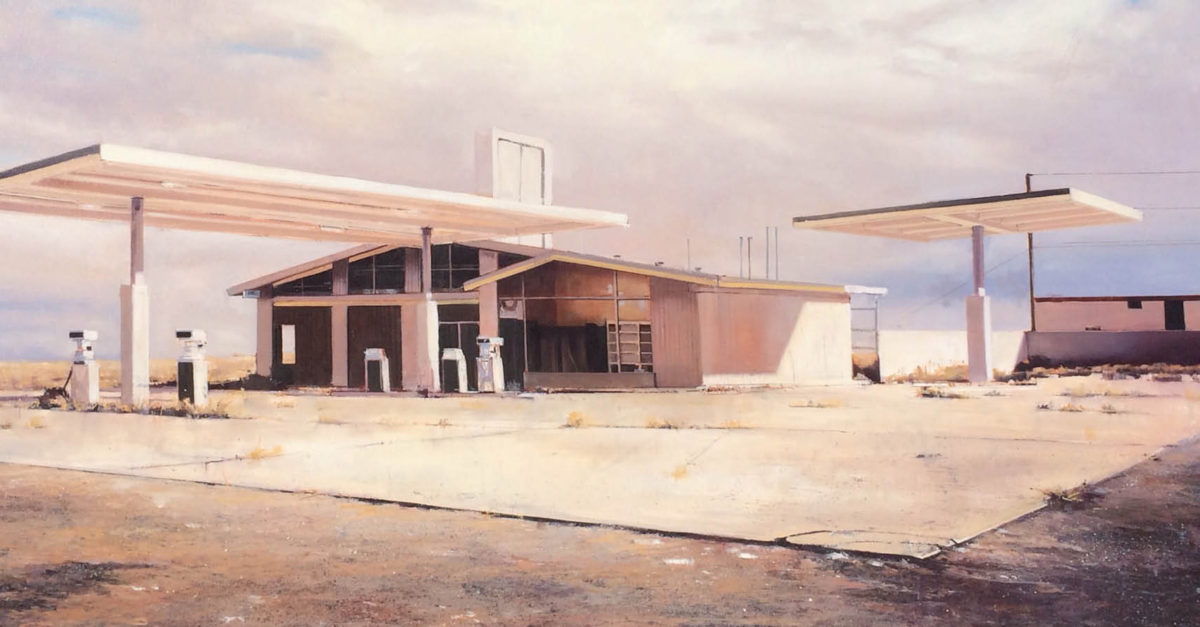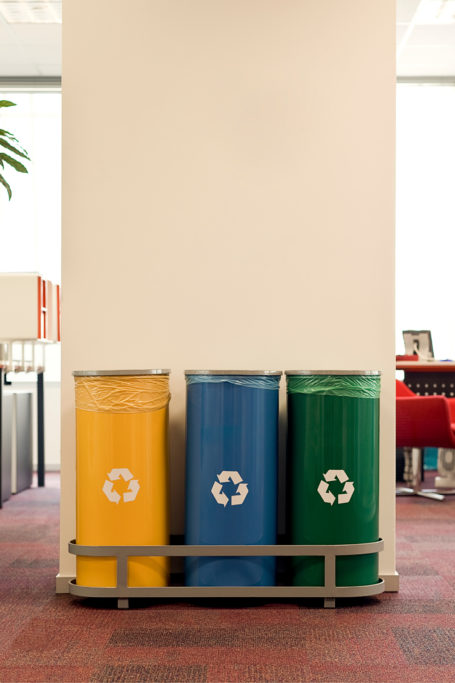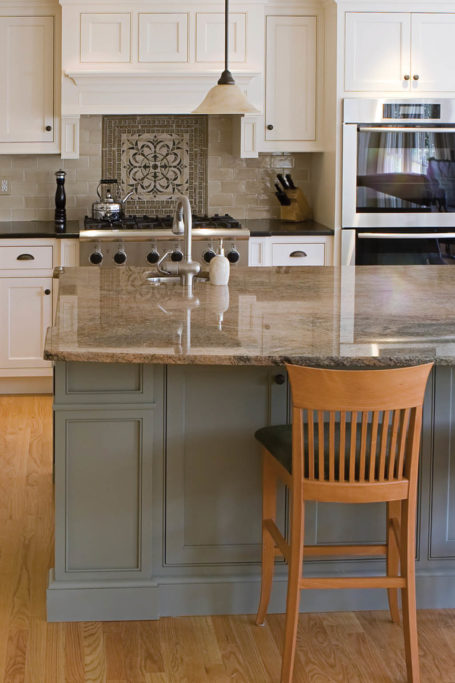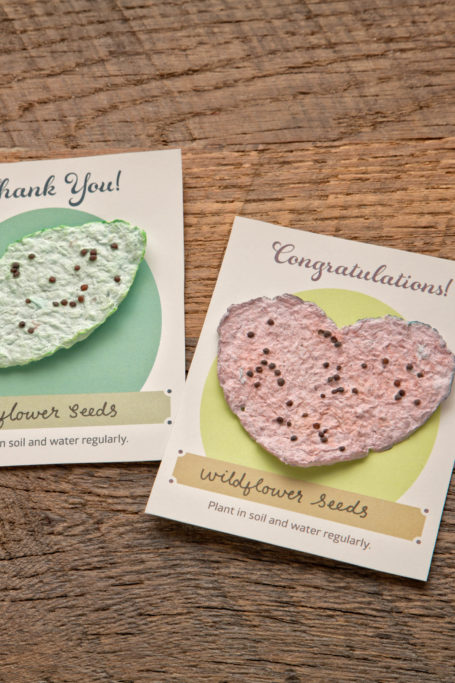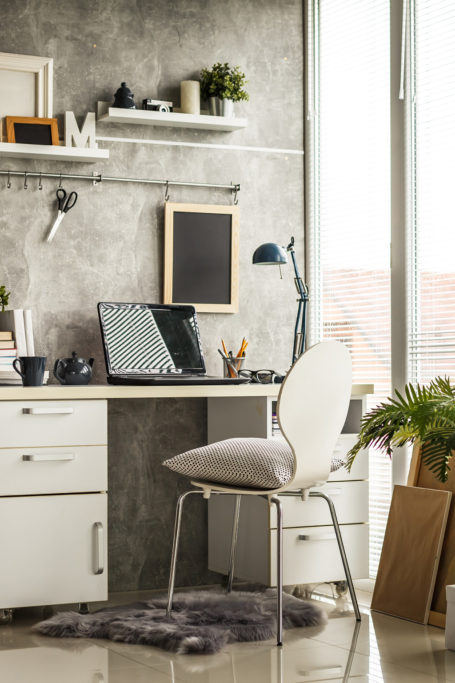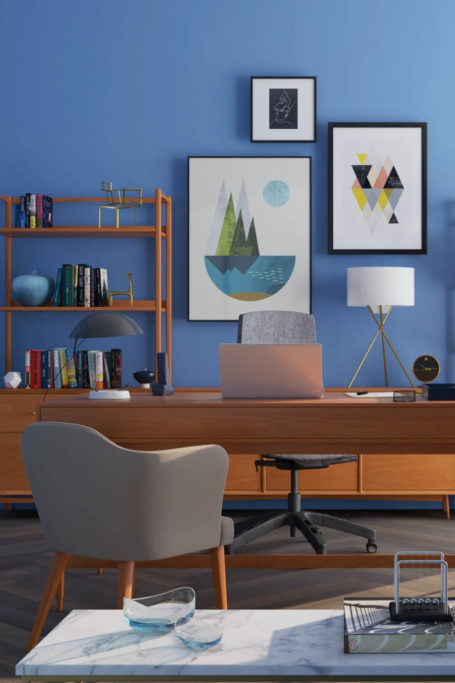Painting the Urban and Undiscovered
Oil painter James Randle grew up around other artists, including his own father. The Utah-born artist is heavily influenced by the places he travels, thoughtfully digesting each city and transforming those experiences into paintings that capture that emotion.
What was it like growing up in Salt Lake City?
My father is an artist who paints very traditional pastoral landscapes. As a young boy, I would go to the studio with him in downtown Salt Lake. I was always around other artists growing up. The seed was planted in me early, but I played a lot of sports like soccer, and I didn’t really take painting seriously until I got to college, where I met other artists, all of whom are still painting or sculpting or creating art in some respect. Being around other interesting artists inspired me and pushed me. Salt Lake City has a vibrant art scene, despite its conservative reputation. There is a rich history of talented painters in Salt Lake City.
Did you specifically go to college for art?
Yes. I went to the University of Utah and received a degree in painting and drawing.
What does your father think about you being an artist and your art? Can he appreciate something different?
He’s so excited about everything I do. I don’t think he cared that I went against the grain as long as I took pride in what I was creating. That’s the most important thing to him—that I work hard at my art and constantly grow and progress.
What did the path to being a full-time artist look like?
It took a couple years. When you step out of college, it’s not easy to start selling your work. After college, I lived in Nigeria for a few months doing construction. I also took a job in Sitka, Alaska, where I worked on a fishing boat. I wanted to test my stamina, and I knew that job would involve extremely long hours and repetitive duties. I wanted to prove to myself I could do it and not quit. I knew I wasn’t going to be in construction my whole life, and I certainly knew after being in Alaska that I didn’t want to be a fisherman.
After Alaska and Nigeria, I went full time into art. I had an opportunity to sell artwork in Scottsdale, and I had some success down there and picked up a few galleries. I did some shows in Phoenix during the winters and eventually moved here full time several years ago.
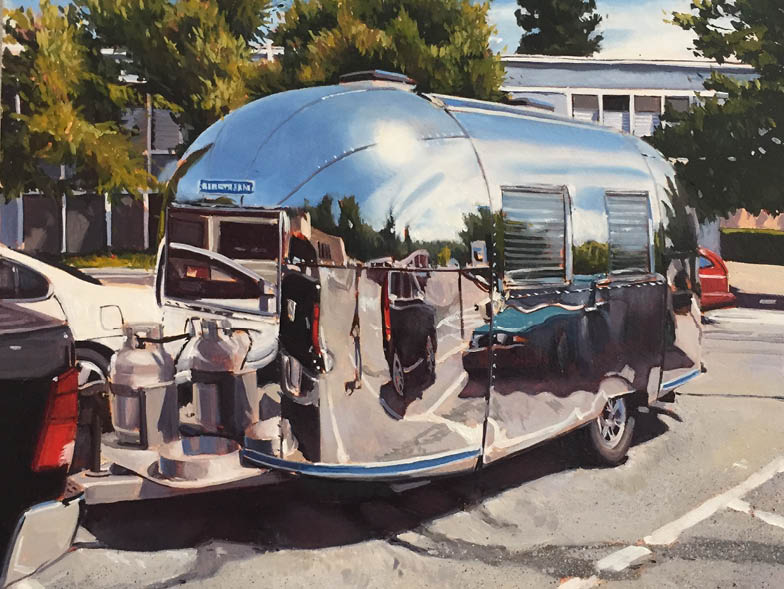
Did you ever doubt if you were on the right career path, being an artist?
I didn’t doubt that I wanted to be an artist, but I worried about making enough money to support myself and have the lifestyle I wanted. It’s the first thing they tell you in college—don’t expect to be rich from this and maybe don’t even expect to be able to do it for a career.
What is your state of mind while you’re painting? Do you sort of disappear into a focused place? What does it feel like?
Sometimes I can lose myself in a painting and twelve hours go by. Other times it’s hard to manage thirty minutes of good painting by the end of the day. The easiest time for me to get in the zone is when I have a body of work and the first three or four paintings are done. Then I start to sense where the work is going. Some artists will say the most exciting time is starting a new body of work. For me, it’s the worst because I’m constantly questioning if I’m painting what I want to paint. Once I get halfway through a painting, it’s like I’m playing soccer against a really tough team and I’m up two goals. I’m feeling confident and I start playing better. That’s when I can really lose myself in the painting, get focused, and make bold moves.
I’ve noticed gas stations and airstreams are two major themes. What do they represent for you?
I think my work is so heavily influenced by where I live and places I’ve had experiences. Airstreams represent travel and moving around in between those places. They’re also fun to paint because they create a dynamic landscape where you see everything in front of you, above you, behind you, and in the reflection. The gas stations are something that I see in the Southwest when I’m on the road. I travel a lot in my van going to art shows between Phoenix and Santa Fe on Route 66—it takes me through a piece of history to see all these abandoned places and airstreams in various settings.
When I look at the gas station paintings, I feel a lot of emotion in them. Are there certain themes that you’re continually processing or working out in your paintings?
I think I have a lot of empathy for places I’m painting; I think these places that other people have abandoned are really beautiful. I have to understand and feel the place to paint it; otherwise, it doesn’t feel like me. One of my more popular paintings is called 2 Guns. It’s really monochromatic, and you can feel the sky. There’s hardly anything in the painting, but you can really feel the depth and the loneliness of the place.

How do you define your style?
I consider myself to be a realist painter but not a hyporealist or a photorealist. The word urban works as a description of the man-made element in my paintings. When you look through my work, you don’t see just a pastoral landscape. There’s always some sort of industrial or man-made or urban element in the work.
I noticed in one of your paintings, it says “Let Go” on the street. Was that creative license, or does it really say that?
It really says that. Cable cars in San Francisco are actually like an upside down ski lift, and when they intersect, the cable could get tangled up if the conductor were to not let go of it. I purposely put those words in your face and in the middle of the composition. The best feedback to hear is from people who look at my paintings and ask, “How can you paint something that I would never have considered wanting to look at and make it so beautiful and engaging?” Hopefully, when people look at my work, they see the value in looking closer at their surroundings and taking notice of everything around them. Everyone thinks that sunsets or a ripple in the tree is the most beautiful thing. There can be beauty in a pile of trash if it’s painted with empathy or photographed in a certain light.
What medium are you using?
I’ve always been an oil painter. It’s what I’m most comfortable with. Oil paint to me is a lot more malleable. It allows me to rework and cover things up and blend and soften, and I can eliminate or add things.
I read that you use photographs and sketches as starting points. Are you interested in photography or only to the point that it’s a reference point for your paintings?
I am a huge fan of photographers and their work, and I get so many ideas for composition. I do use photographs as a reference for my paintings. Some artists insist a painting can only be as good as your reference. I’m the opposite. If I have a really good reference, I get too attached to it, like I’m taking a piece of art and trying to turn it into another piece of art. I prefer to have a looser reference with vague information. I can figure out the rest, and it leaves me room for creativity so I’m not just copying a photograph.
How do you feel about the word creativity?
I think creativity is the ability to parlay your awareness of an experience into self-expression. I don’t think you can teach creativity. I went to college to learn how to paint. I didn’t need anyone to tell me how to be creative. I wanted the tools to self-expression.
How do you gain more tools now that you’ve graduated?
First and foremost, I gain tools by practicing my painting. I also think it’s very important to surround yourself with other artists and talk to them so you can evolve and create effectively. Look at other people’s art, go to events, and read books. I hear a lot of friends say they don’t want to go to a museum or look at other artists’ work because it will hinder their creativity and vision. I think it’s important to take ideas from everywhere and integrate them somehow into my work. I’m a firm believer that nothing comes out of a void. It’s all inherited from somewhere else.
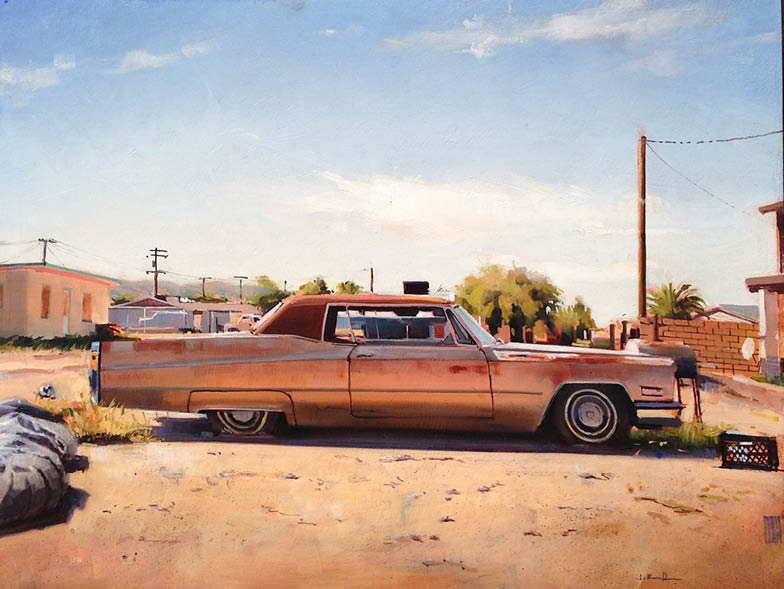
How would friends describe you?
I tend to focus on people with a more negative opinion of me, so I can either work on those challenging traits or figure out how to channel them. I think people would say I’m eccentric and honest. I’m the kind of person who does things and then reflects later. Sometimes I can be a little abrasive and rub people the wrong way, but it’s really allowed me to find out who my friends are.
Where are you when you’re not painting?
I am hiking. I run a lot, and I play soccer. I like food and talking to friends. I spend a lot of time alone when I’m painting, so it is nice to socialize at other times.
What is the atmosphere of your studio? Do you have music playing?
I love all forms of art, and music is definitely something I’ve always been passionate about. I’ve collected music since I was quite young, and I have a huge music library. Sometimes music can be a little distracting because I have to think about what I want to listen to too much. Radio and podcasts can be very nice; I like to be informed about world news.
Do you collect vinyl?
I wish I did! When I was younger, before vinyl got popular again, I spent all my money on CDs. I have hundreds and hundreds of CDs. I told my girlfriend when we bought a house five years ago that I wanted a record player. She vetoed that idea because she knows I’m a collector. I would have probably spent $20,000 on vinyl by now. Instead, we’ve started collecting artwork. Whenever we have extra money, we love buying
original artwork.
Why do you choose to invest in artwork?
Buying artwork can be just as gratifying as selling or painting. It is fun to meet the people who buy your paintings. It’s fun to be on the other side of it and see how artists react when you buy their work. It’s like looking in a mirror, I suppose. I love filling our house with art; I aspire to be a collector as well.
Are you ever bothered by someone who buys your painting for the wrong reason?
Yes! Most artists would agree we always want our most beautiful paintings to be in places where people can see them and appreciate them. It’s not my favorite thing to hear clients are purchasing a painting to match their couch, but I hope the painting is enjoyed just as much as the color scheme. And, for the most part, have so many awesome collectors that have bought so much artwork.
What career are you neglecting right now by being a painter?
I would have been one of three things: an architect, an engineer, or probably a contractor.
Have you figured out the meaning of life for yourself?
I have a philosophy for who I am and what I want my life to be, and it’s pretty simple—to be satisfied and happy with what I do but to keep pushing myself. My biggest career goal is to reach as large of an audience as possible and for people to see my work; I want people to like my work and enjoy it. It would be validating to show in some high-profile galleries and to be part of that conversation. My goal in life and my career is to continually grow as a person and as an artist.
Will you do this for the rest of your life?
As of right this second—for sure.
For more info, visit jamesrandleart.com.
